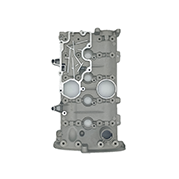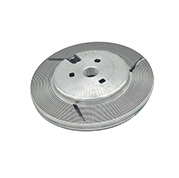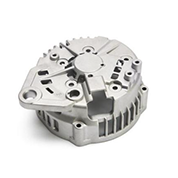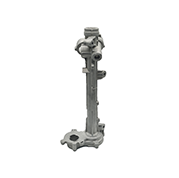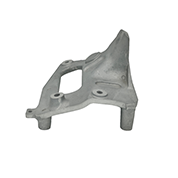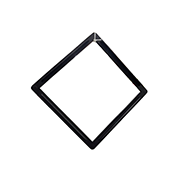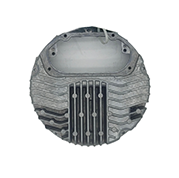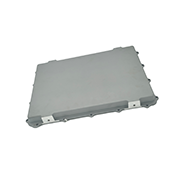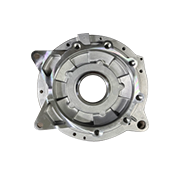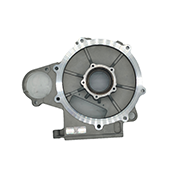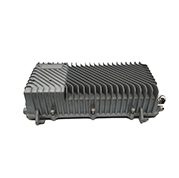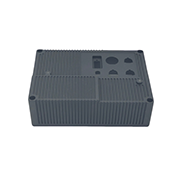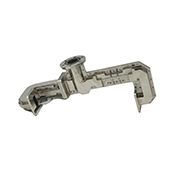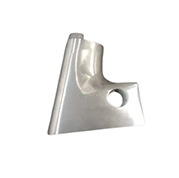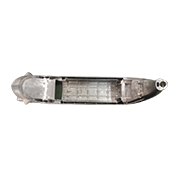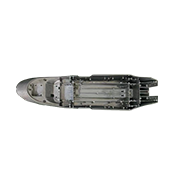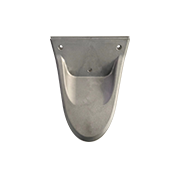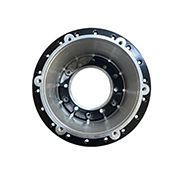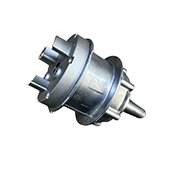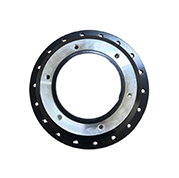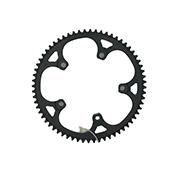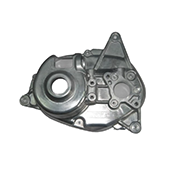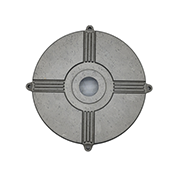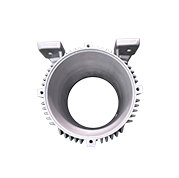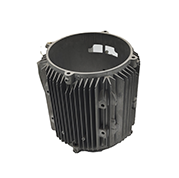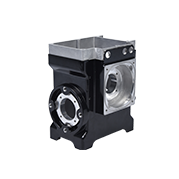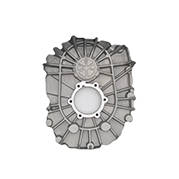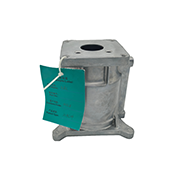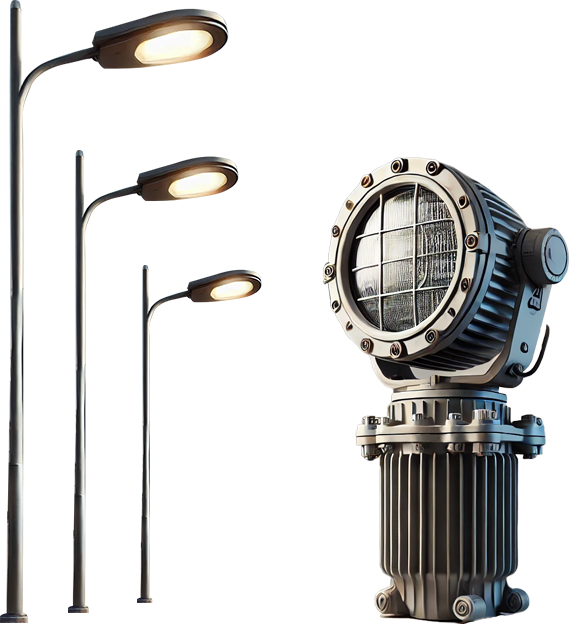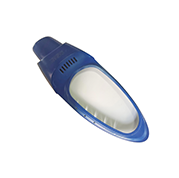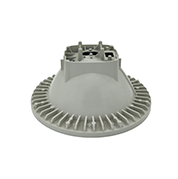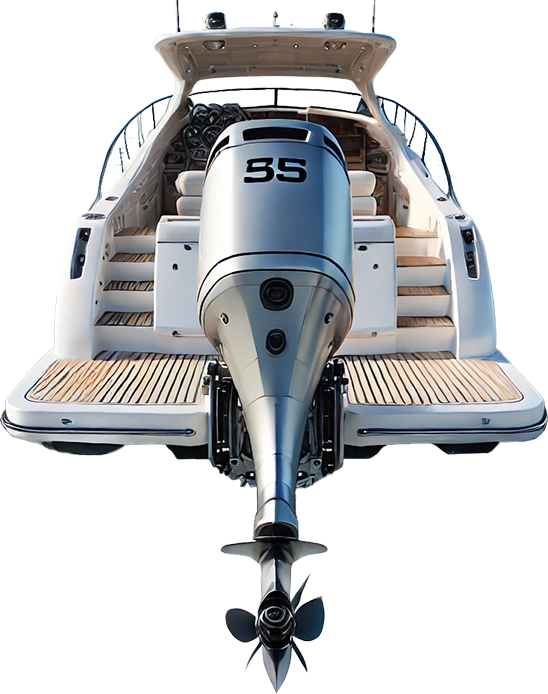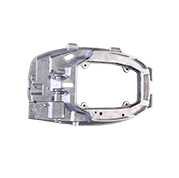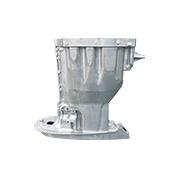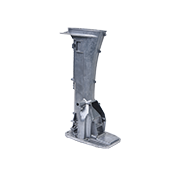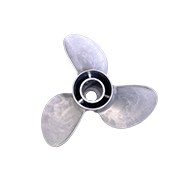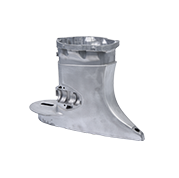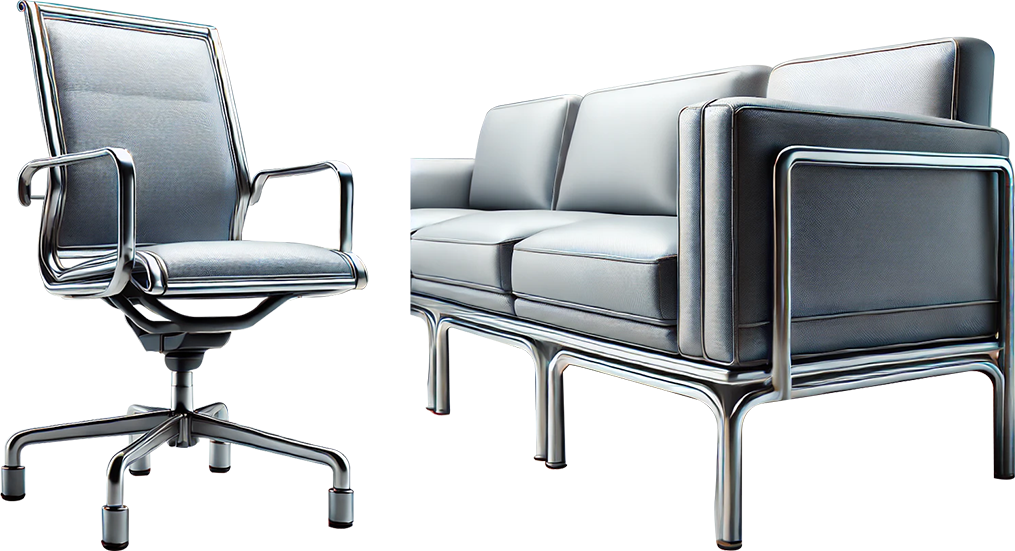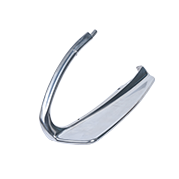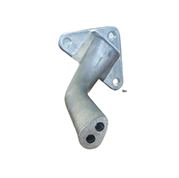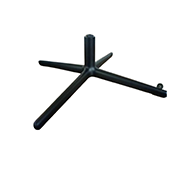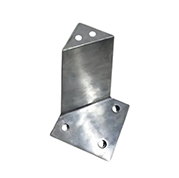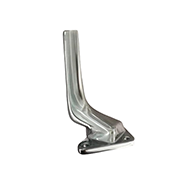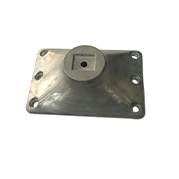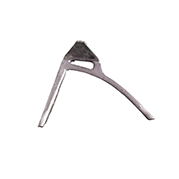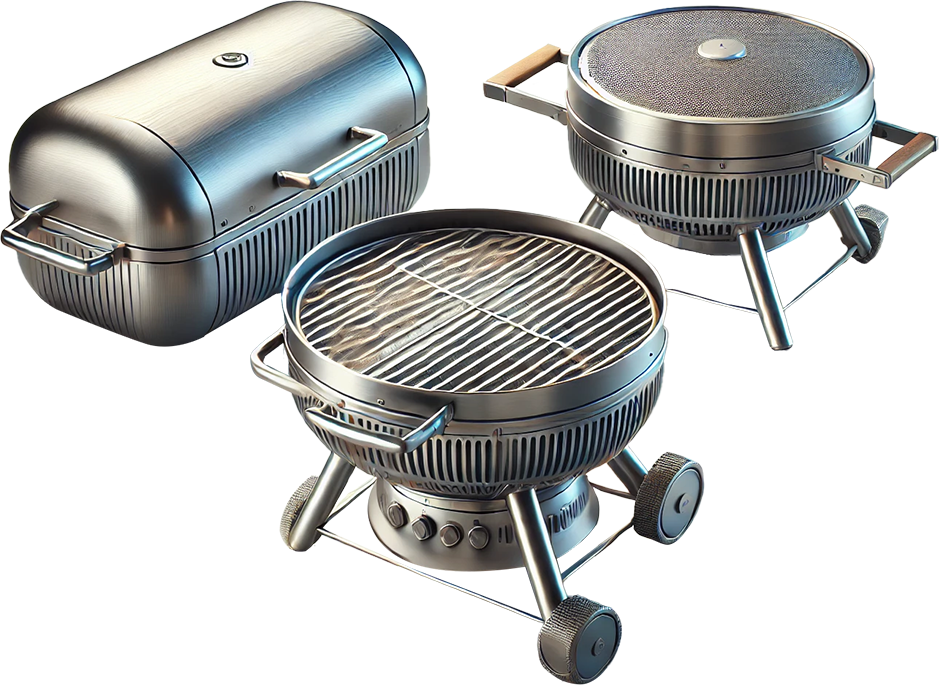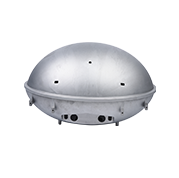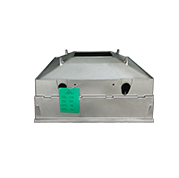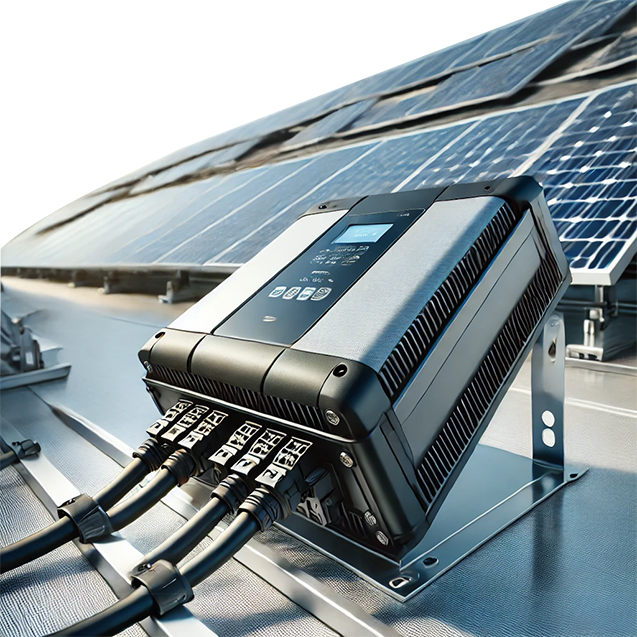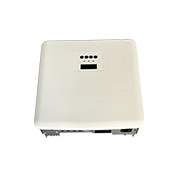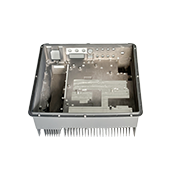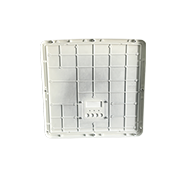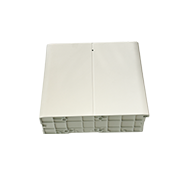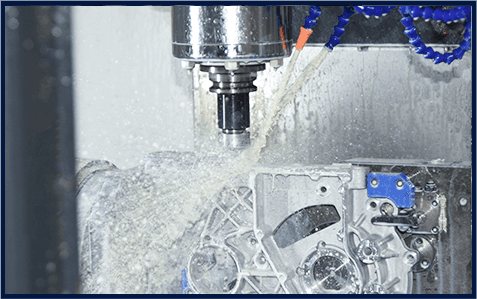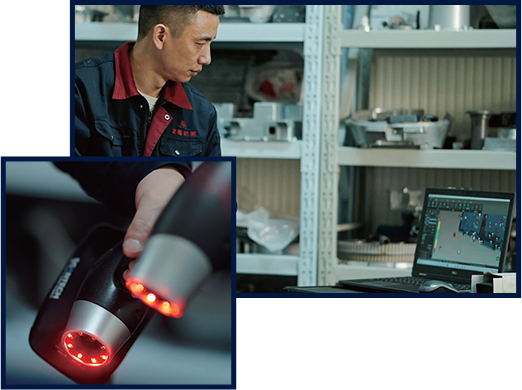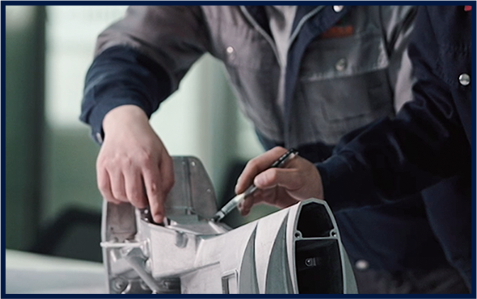Factory area
-
 Traditional automobile die castings
Traditional automobile die castings
-
 New energy automobile die castings
New energy automobile die castings
-
 Communication housing die castings
Communication housing die castings
-
 Electric scooter die castings
Electric scooter die castings
-
 Bicycle power motor die castings
Bicycle power motor die castings
-
 Motorcycle accessories die castings
Motorcycle accessories die castings
-
 Motor housing die castings
Motor housing die castings
-
 Engineering machinery die castings
Engineering machinery die castings
-
 Lighting die castings
Lighting die castings
-
 Outboard motor die castings
Outboard motor die castings
-
 Furniture accessories die castings
Furniture accessories die castings
-
 Grill accessories die casting
Grill accessories die casting
-
 Photovoltaic inverter die castings
Photovoltaic inverter die castings
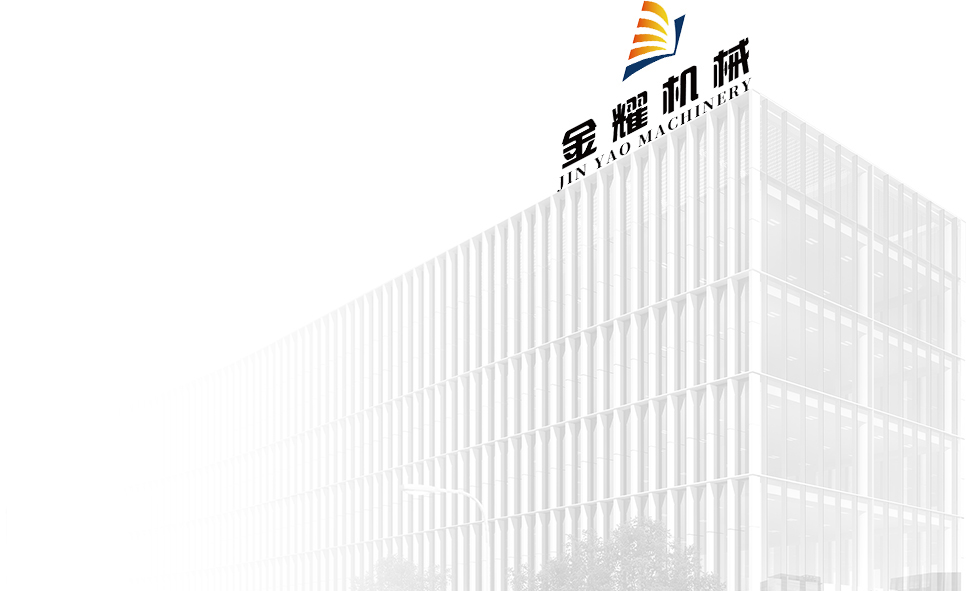
China anodized aluminum die casting manufacturers and custom precision powder-coated aluminum die casting suppliers
.Founded in 2007, Jinyao Machinery Co., Ltd. is one of the largest die-casting mold companies in China. specializes in the design, development, and manufacture of large-scale precision die-casting molds; the mold company was established in 1995, specializing in the production of die-casting molds and die-casting parts based enterprises.-
0㎡
-
0+
Number of devices
-
0+
employee
Whether you need rapid mould making, mass production mould making to tight tolerances, our experienced team of specialists can provide cost-effective solutions at every stage of the process, with die casting moulds up to 250 sets per year.
-
Why Is Aluminum Die Casting Better Than Other Metal Casting Methods?View More
1. Introduction: The Evolution of Metal Casting Metal casting has been one of the most fundamental m...

-
Why Should Manufacturers Choose Die Casting for Gearbox Systems Over Other Methods?View More
Die casting has become the go-to manufacturing process for producing gearbox systems, offering a com...

-
What is Anodized Aluminum Die Casting and How Does It Work?View More
Anodized aluminum die casting is a highly efficient manufacturing process that combines two distinct...

-
How Does Die Casting Surface Treatment Improve Product Durability?View More
Die casting is one of the most widely used metal manufacturing processes, providing high precision,...

-
What Are the Common Defects Found in Die Casting Molds and How Can They Be Prevented?View More
Die casting is a popular and efficient manufacturing process for producing high-precision metal part...

-
Why Do Bicycle Power Motors Need Die Castings?View More
In today’s rapidly developing e-bike industry, the power motor is the core of overall performance. W...


 English
English Español
Español Deutsch
Deutsch русский
русский

